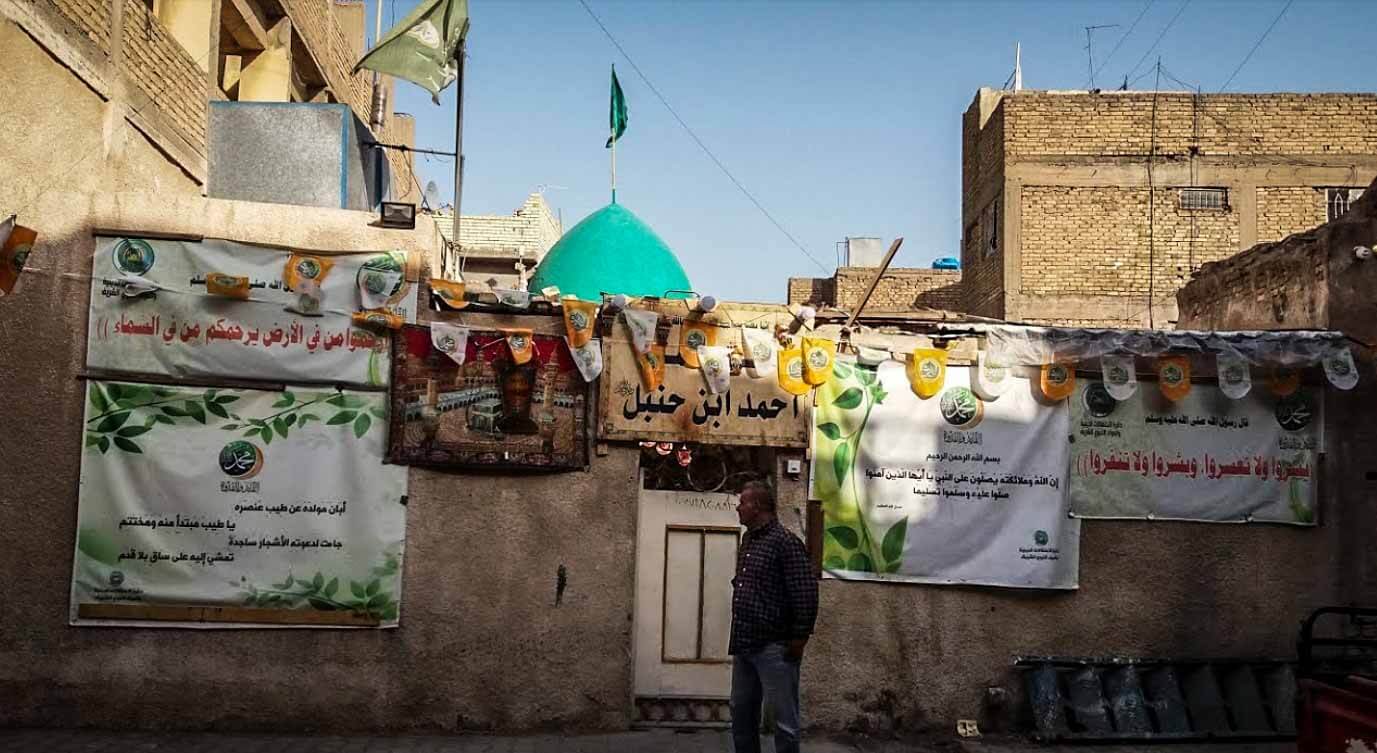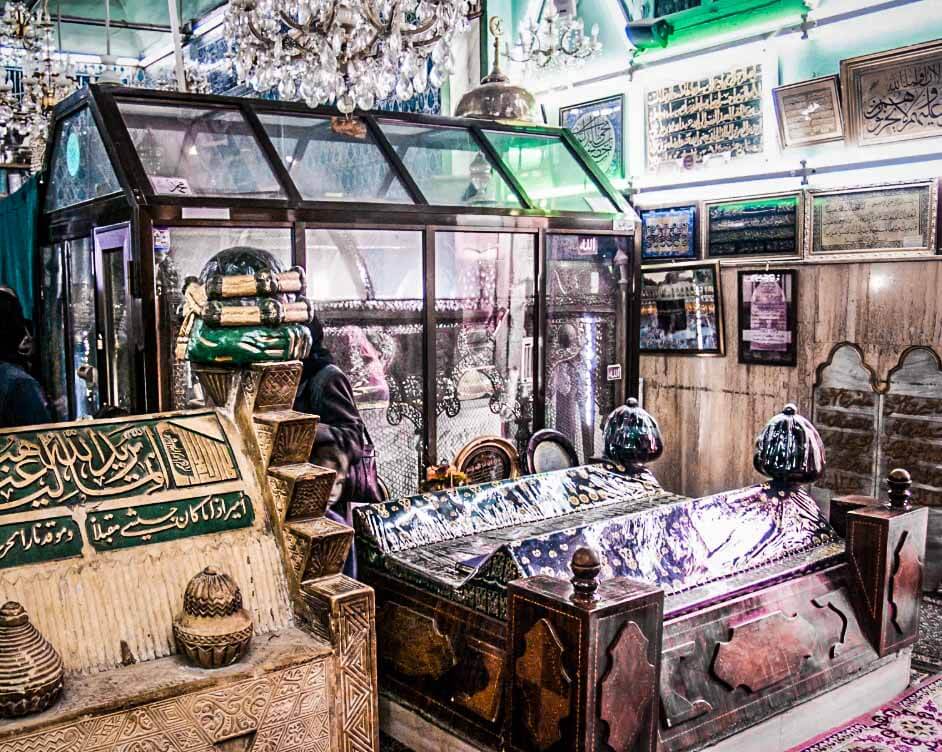Turkistan, Kazakhstan
Coordinates: 43.293056, 68.274444
Hz. Ahmed Yasawi رحمة الله عليه was a Turkic poet and Sufi, an early mystic who exerted a powerful influence on the development of Sufi orders throughout the Turkic-speaking world.
He is the earliest known Turkic poet who composed poetry in Middle Turkic. He was a pioneer of popular mysticism, founded the first Turkic Sufi order, the Yasawiyya or Yeseviye, which very quickly spread over Turkic-speaking areas.
He was a Hanafi scholar like his murshid, Yusuf Hamadani.
Influence
Ahmad Yasawi made considerable efforts to spread Islam throughout Central Asia and had numerous students in the region.
His poems created a new genre of religious folk poetry in Central Asian Turkic literature and influenced many religious poets in the following countries.
Hz. Ahmed Yasawi رحمة الله عليه turned the city of Iasy into the major centre of learning for the Kazakh Steppe, then retired to a life of contemplation at the age of 63.
He dug himself an underground cell where he spent the rest of his life.
Turkish scholar Hasan Basri Çantay noted: “It was a Seljuk king who brought Hz. Rumi رحمة الله عليه, the great Sufi poet, to Konya; and it was in Seljuq times that Hz. Ahmed Yasawi رحمة الله عليه, another great Sufi, lived and taught. The influence of those two remarkable teachers has continued to the present.”
Legacy
The Mausoleum of Khoja Hz. Ahmed Yasawi رحمة الله عليه was later built on the site of his grave by Timur in Turkistan City.
The Yesevi order he founded continued to be influential for several centuries afterwards, with the Yesevi Sayyid Ata Sheikhs holding a prominent position at the court of Bukhara into the 19th century.
There is the greatest influence of shamanistic elements in the Yasawiyya compared to other Sufi orders.
He authored the Book of Wisdom, a collection of poems, in Turkic. The book was published in 1905 and 1895 in Kazan.
His Master
Legend has it that a religious mystic, Arystan-Bab, was the teacher and spiritual mentor of Khoja Hz. Ahmed Yasawi رحمة الله عليه.
It was Arystan-Bab who transmitted the amanat, which was contained in a pip of date palm. According to a legend, Arystan-Bab was an associate of the Prophet Muhammad ﷺ.
One day, Prophet Muhammad ﷺ and his companions sat and ate dates. One of the fruits fell out of the dish, and the Prophet ﷺ heard the revelation: “This date is for the Muslim Ahmad, who will be born 400 years later than You.” The Prophet ﷺ asked his companions who would pass this persimmon to its future owner.
No one volunteered. The Prophet ﷺ repeated his question, and then Arystan-Bab answered: “If you beg Allah to give me 400 years of life, then I will give the date.”
Timur’s dream
It is believed that one night Timur saw Hz. Ahmed Yasawi رحمة الله عليه in his dream, where he predicted glad tidings of the forthcoming conquest of Bukhara.
Taking this as a sign, Timur went on a campaign that would indeed be successful. After his victory, he decided to visit the grave of Hz. Ahmed Yasawi رحمة الله عليه and ordered to build there a majestic mausoleum.
Mausoleum
Of all the great turquoise and blue monuments of Central Asia which date back to the Timurid period, only one is found in Kazakhstan. This 14th century mausoleum, set in the town of Turkistan, is Kazakhstan’s answer to the Timurid wonders of Samarkand, Bukhara and Khiva.
Unfortunately photography inside the building with a large camera is not allowed; however, use of a small mobile phone camera is now permitted.
As well as the main hall there are a number of other rooms illustrating the use of the mausoleum.
The rear and side walls of the mausoleum are decorated with stunning tilework. Outside in the complex there are other interesting buildings including an important underground mosque that are well woth visiting.






















